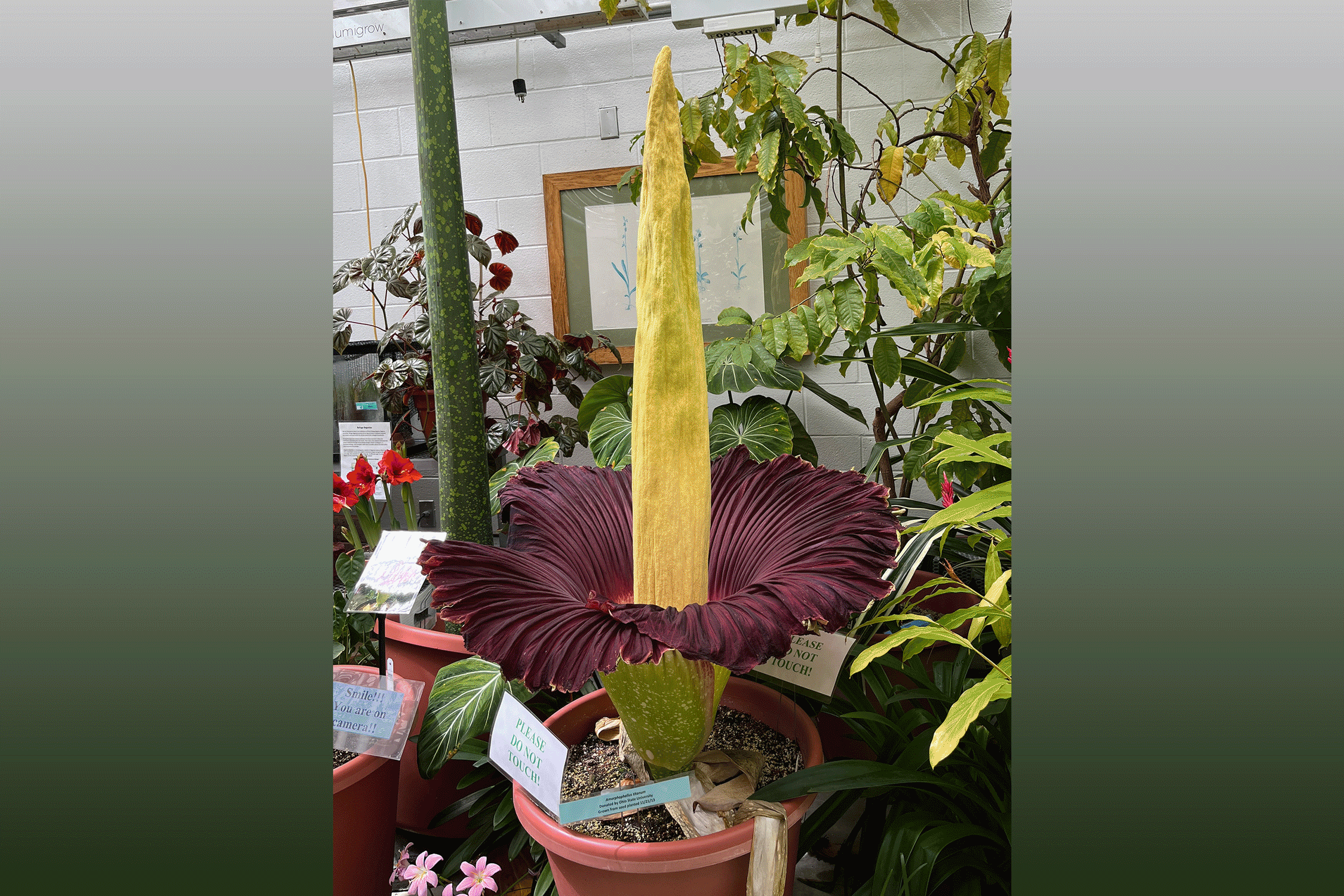As an undergraduate biology major in 2005, Cayelan Carey ’06 began an honors thesis to study why cyanobacteria were increasing in low-nutrient lakes near Dartmouth. Advised by Professor Kathryn Cottingham, then an associate professor of biology, Carey led three peer-reviewed papers from her thesis. The first was published in 2007.
Over the 15 years since the research began, Carey and Cottingham’s work has resulted in 14 scholarly articles and is advancing the scientific understanding of these harmful lake organisms. The most recent research paper from Carey and the Cottingham Lab demonstrates that cyanobacteria living at the bottom of lakes may hold important clues about how the harmful organisms threaten freshwater systems.
“Kathy and I have developed a beautiful collaboration which began with this undergraduate thesis project almost two decades ago,” says Carey, now an associate professor of biological sciences at Virginia Tech. “Our partnership launched my research career, as well as provided research opportunities for many other Dartmouth students. I am excited to continue working on this topic with Dartmouth colleagues for many more years to come.”
Cottingham, the Dartmouth Professor in the Arts and Sciences and a professor of biology, notes that the research is an example of how investment in undergraduate research can result in long-term dividends for both students and faculty. “It’s exciting to reflect on how this research effort has grown from an undergraduate student project to an ongoing collaboration that continues to make important contributions to the world’s understanding of cyanobacterial blooms,” she says.
The new research, published in the Journal of Plankton Research, urges a more comprehensive approach to cyanobacteria studies in order to manage the dangerous blooms during a time of global climate change.
“Most studies of cyanobacteria focus on the times when they are visible in the water column,” says Cottingham. “By concentrating on this part of the life cycle, we may be missing important clues about how these harmful organisms are responding to ongoing global change.”
Also known as blue-green algae, blooms of cyanobacteria are increasing in many freshwater systems, damaging the quality of lake water and affecting lake communities. The blooms also threaten human health through toxins that can damage organ systems.
Freshwater cyanobacteria live either suspended in the water column or at the lake bottom, depending, in part, on water temperature. During warmer months, suspended “pelagic” cyanobacteria thrive in warm, well-lit surface waters. In the fall, they sink to the bottom and spend the winter in a resting or dormant state.
The study focuses on how cyanobacteria behave during the bottom-dwelling “overwinter” period. The research shows that organisms in the sediment-dwelling stage return to the water column with higher water temperatures, often following the mixing of the water column. Climate change is reducing some types of mixing but increasing others—such as that caused by extreme precipitation events.
According to the paper, if mixing is constrained and cyanobacteria are left at the bottom, blooms could decrease. “A more complete understanding of all stages of the cyanobacterial life cycle will enable plankton researchers to better predict how ongoing climate change will affect the frequency, intensity and duration of cyanobacterial blooms,” the study says.
Kathleen Weathers from the Cary Institute of Ecosystem Studies and Holly Ewing and Meredith Greer from Bates College also contributed to the study.
David Hirsch can be reached at david.s.hirsch@dartmouth.edu

